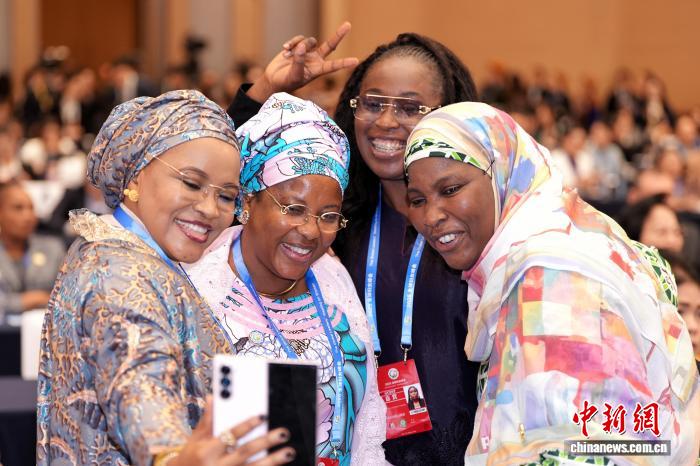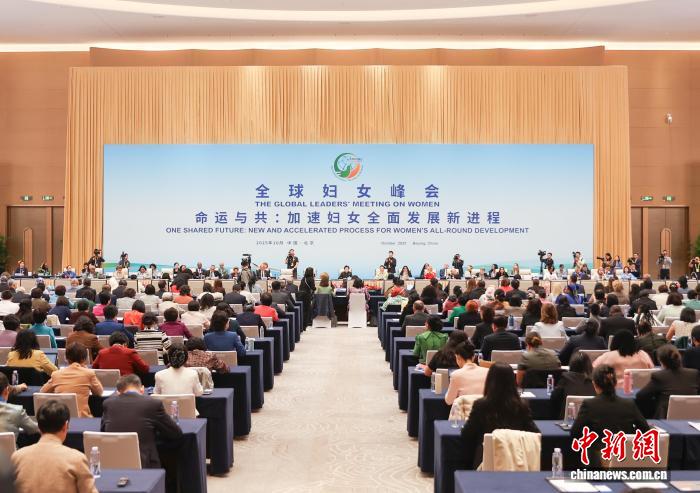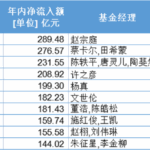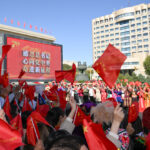Historical Echoes and Future Expectations – Voices from the Global Women’s Summit
After 30 years, Beijing witnessed another milestone in the global advancement of women.
On the occasion of the 30th anniversary of the United Nations Fourth World Conference on Women (known as the “Beijing World Conference on Women”), the Global Women’s Summit was held in Beijing from October 13 to 14. During the summit’s plenary session, leaders and representatives from 46 countries and international organizations delivered speeches, expressing their views, positions, and recommendations.
Many representatives began with history.
Thirty years ago, the Beijing World Conference on Women adopted the Beijing Declaration and Platform for Action, creating a blueprint for advancing gender equality and women’s development.
“That landmark moment in 1995 was a crucial turning point,” noted the Secretary-General of the Beijing World Conference on Women, stating that the adopted framework documents established comprehensive guidelines for action to promote gender equality, women’s empowerment, and political participation.
“Over the past 30 years, the implementation of the Beijing Declaration and Platform for Action has brought tangible progress for women and girls worldwide. Millions of women and girls have gained more opportunities in education, healthcare, and employment,” said a representative.
This perspective was supported by examples shared by participating representatives: In Serbia, approximately 52% of scientists are women; in Kazakhstan, more than half of judges are women; in Slovenia, 60% of diplomats are women…
“Returning to Beijing 30 years later is not just a geographical journey, but a profound emotional, historical, and humanistic journey,” emotionally stated a former president. “Women have always been active participants in building society. Seeing more women in classrooms, in parliaments, and more women’s voices in public spaces – many dreams from that time have become reality.”
She emphasized that this gathering was not only for commemoration but also to reaffirm the spirit of the Beijing World Conference on Women and to declare with equal strength that women cannot be absent from future development.
Currently, significant gender and technology gaps persist, while poverty, hunger, and violence remain stubborn challenges. Climate crises, armed conflicts, and humanitarian crises intertwine, putting global women’s advancement at risk of losing ground and regressing.
Facing these changes and challenges, the Global Women’s Summit Chair’s Statement proposed that countries and parties will focus on action-oriented approaches, resisting any form of regression with firm determination and strong actions, and accelerating a new process for women’s comprehensive development through unity, confidence, courage, and practice…
In the view of a senior UN official, the Global Women’s Summit has become a platform for expressing shared aspirations, creating crucial opportunities to reaffirm commitments, engage in dialogue, take action, and find inspiration – “let us return home with new ideas and effective methods.”

In the exchange of ideas among representatives, development visions and future expectations resonated together.
Eliminating women’s poverty, improving education for women and girls, supporting women’s full participation in economic, political, and social life, promoting women’s involvement in peace and security affairs, expanding equal employment opportunities for women, strengthening legal services and rights protection… They focused on women’s poverty reduction, education, health, employment, and social security, speaking out to enhance women’s sense of gain, happiness, and security.
“Working together within the multilateral framework to protect women’s development rights,” “Adhering to a multipolar order where every voice can be heard,” “Firmly opposing and condemning actions that violate international law and equality principles,” “Transcending cultural, geographical, age, and gender barriers to jointly promote international cooperation”… They recognized their shared destiny and called for accelerating a new process for women’s comprehensive development.
“Fulfilling commitments cannot wait another 30 years – it must happen now,” urged a senior official during the summit’s closing ceremony, emphasizing the need for effective methods to translate commitments into action.
Setting out again from Beijing,





